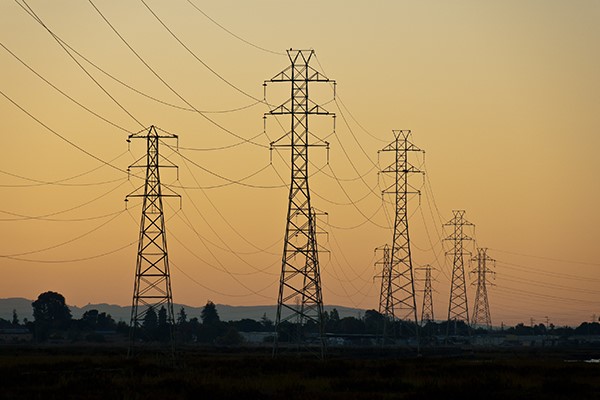Energy generation: can we really compare the costs?
Published: 14/06/17
The range of energy production technologies has never been greater. From nuclear to solar, from fossil fuels to geothermal, today's communities have a real choice in how their electricity is generated. But how do they work out which is the most cost-efficient method of making power?
No simple solution
The truth is that there is no perfect model; as this article from the United States Energy Information Agency (EIA) points out, the "simple metrics", whilst easy to understand, may not adequately do the job.
The article looks at the Levelized Cost of Energy (LCOE) as a common measure used to determine the actual cost of power generation, pointing out that LCOE should not be confused with Power Purchase Agreements (PPA).
"Levelized cost of energy (LCOE), one common metric for cost comparisons across projects and technologies, considers a plant’s expected lifetime and operation cycle and amortizes those costs over an assumed financial lifetime. Because LCOEs do not include contractual terms on price, duration, or price inflators, they should not be directly compared with other prices such as power purchase agreements. Power purchase agreements may involve project- or corporate-specific finance terms, reflect differing contract terms with the power purchaser, or reflect the value rather than the cost of the energy."
'Dispatchability'
Another key issue that cost comparisons need to overcome is the different nature of the energy being produced, particularly the 'dispatchability' of the power. Nuclear and fossil fuel power plants are 'dispatchable', but solar and wind, for instance, are not.
"Different generation technologies also operate in different ways: some are dispatchable, or can be scheduled, while others are dependent on energy sources, such as wind and solar, that are available intermittently."
The Levelized Avoided Cost of Energy
Rounding off our journey through energy generation cost comparisons, the article introduces the concept of the Levelized Avoided Cost of Energy (LACE). Essentially, "LACE reflects the cost that would be incurred to provide the same supply to the system if new capacity using a specific technology were not added and used." Only once LACE exceeds LCOE are most power plants considered economically feasible.
Whilst the article doesn't draw any specific conclusions, it does conclude that many cost-comparison models lack clarity, suggesting of course that the EIA's might be among the best!
B a c k t o K n o w l e d g e
